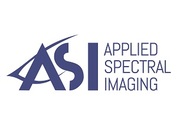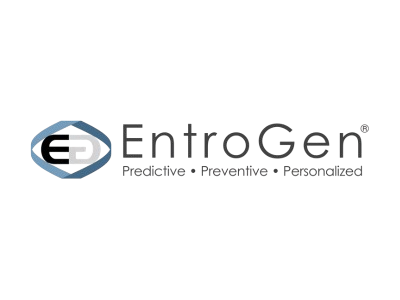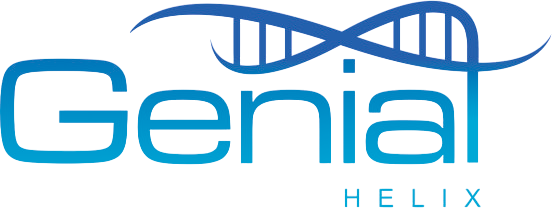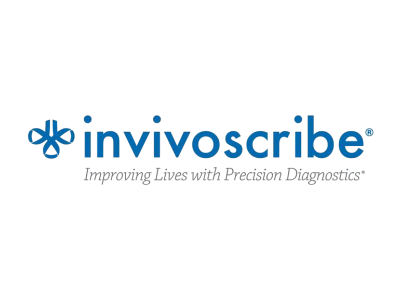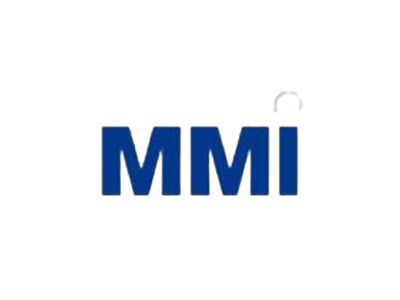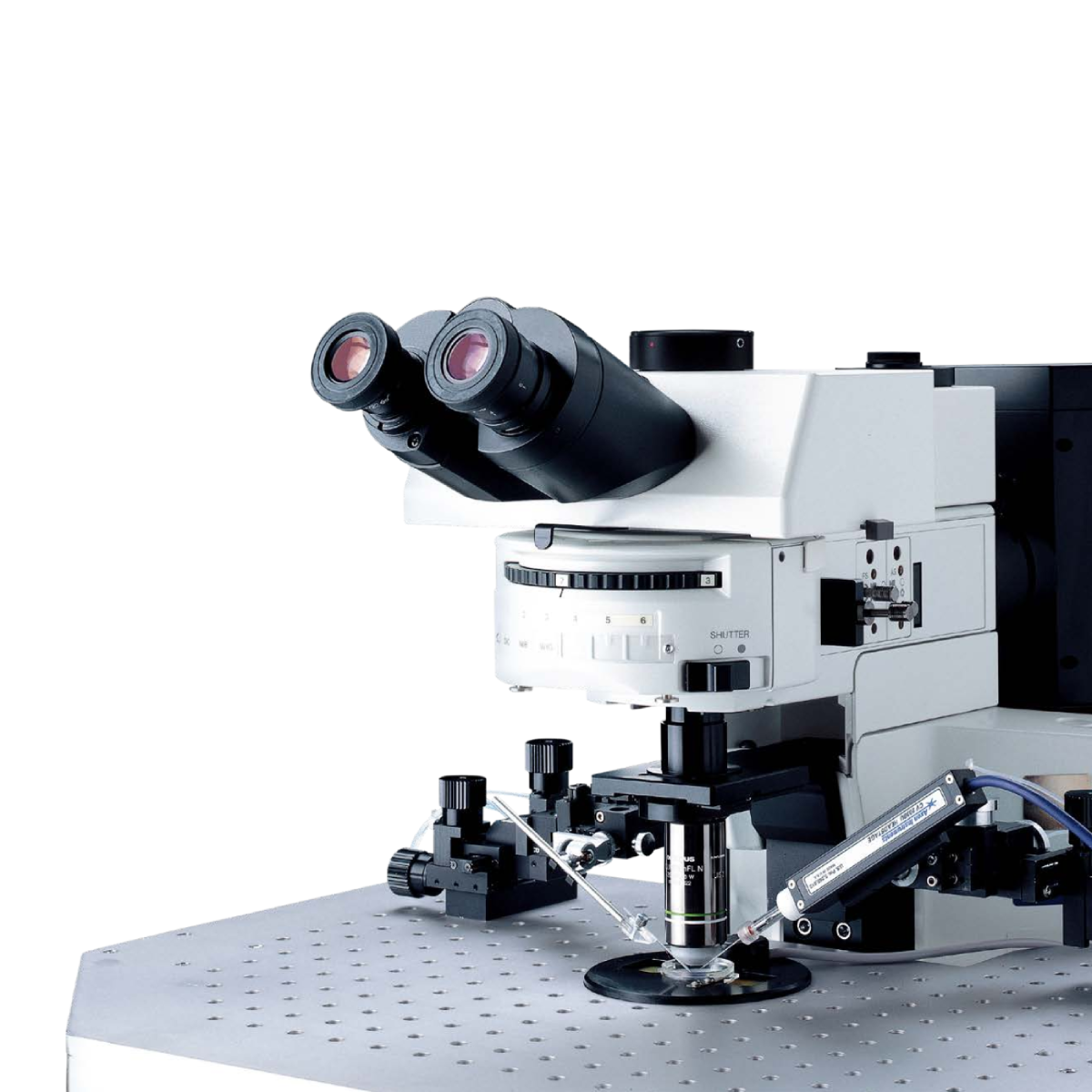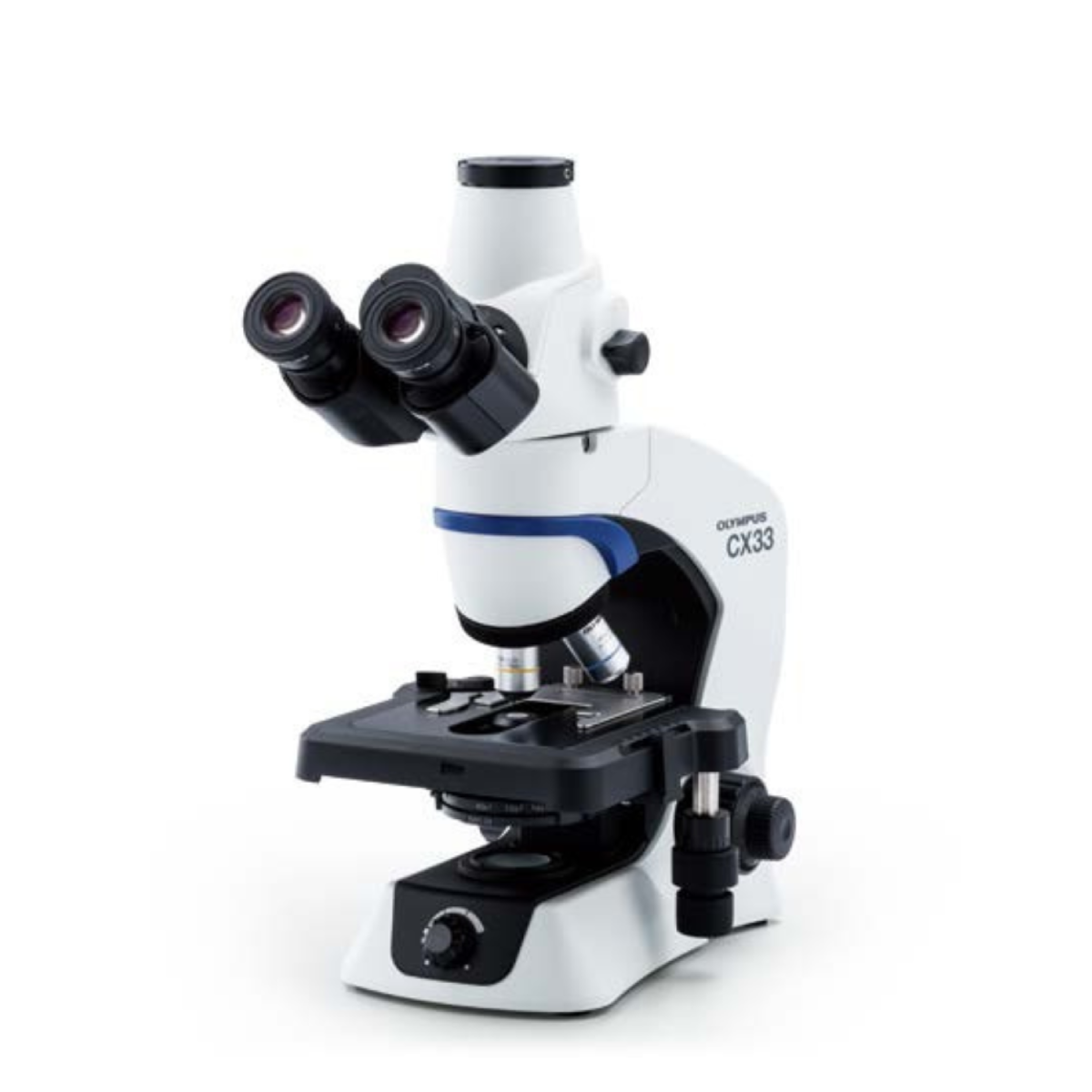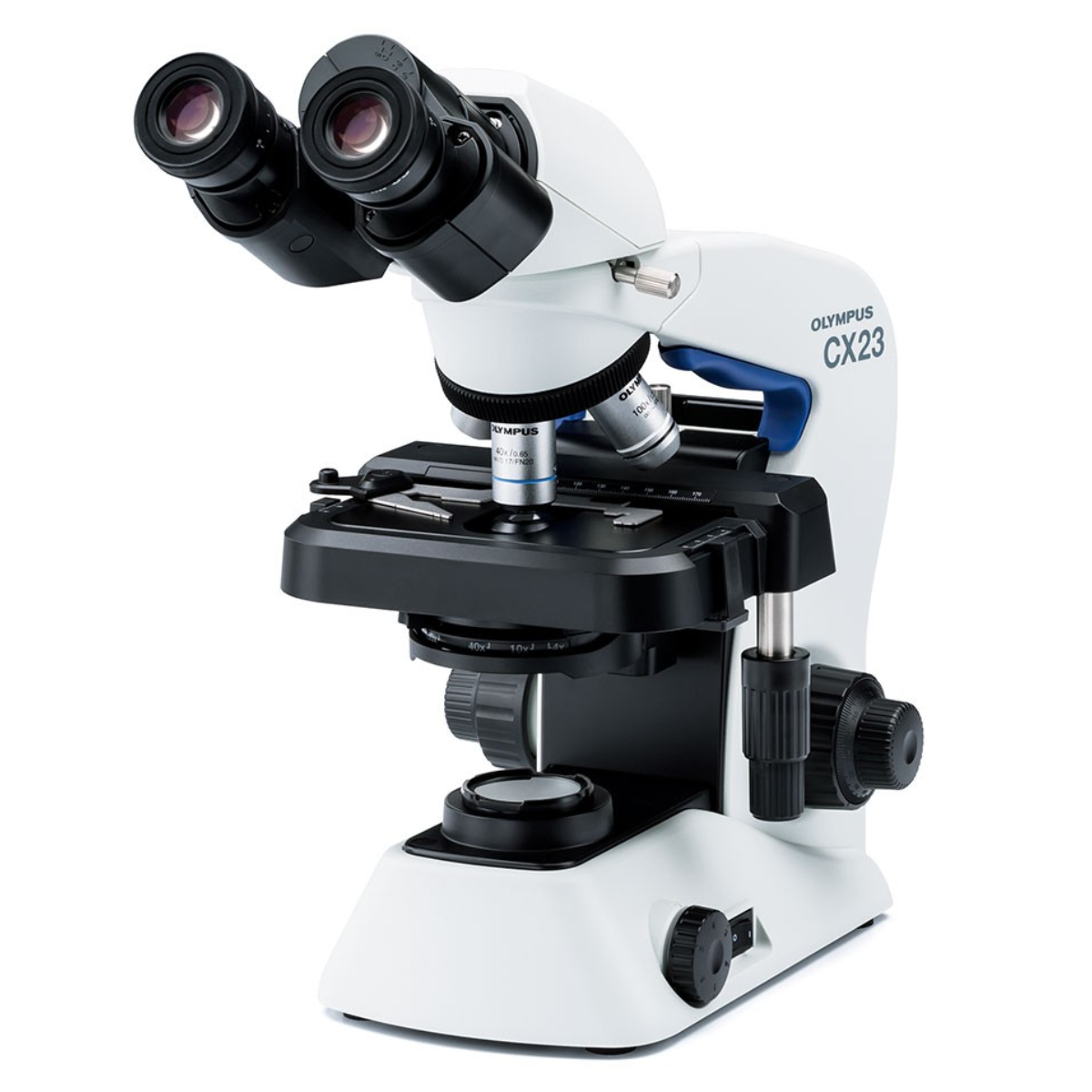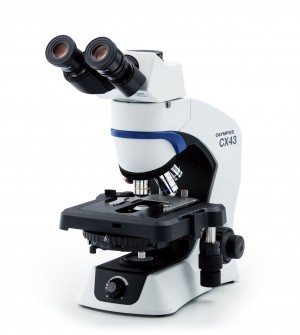DSS: Redefining Biotechnology & Life Science in India
- About Us
- Products & Services
PRODUCTS & SERVICES
-
Kits Reagents & Consumables
- Cytogenetics
- Dyes
- Fluorescence In Situ Hybridization (FISH)
- High-Performance Liquid Chromatography (HPLC)
- Histology
- Immuno Histo Chemistry (IHC)
- Molecular Pathology & Diagnostics
- Multiplex Ligation-Dependent Probe Amplification (MLPA)
- Nucleic Acid Extraction
- PharmDx
- Real Time PCR
- Sequencing
- Special Stains
-
Instruments
- Biosafety
- Cameras
- Cell Culture monitoring
- CO2 Incubator
- Cytogenetics Systems
- Digital Slide Scanners
- Electrophysiology Systems
- Endoscopy System
- Fluorescence In Situ Hybridization (FISH)
- H&E
- Immuno Histo Chemistry (IHC)
- Microfluidics
- Microscopes
- Molecular Pathology & Diagnostics
- Multichannel Imaging Systems
- Real Time PCR
- Special Stains
- Software
- Accessories
- Advanced Material
-
Kits Reagents & Consumables
- Applications & Specialities
All Applications & Specialities
- Brands
- Contact Us
-

-
 0
0
- ☰
- About Us
- Products & Services
-
Kits Reagents & Consumables
- Cytogenetics
- Dyes
- Fluorescence In Situ Hybridization (FISH)
- High-Performance Liquid Chromatography (HPLC)
- Histology
- Immuno Histo Chemistry (IHC)
- Molecular Pathology & Diagnostics
- Multiplex Ligation-Dependent Probe Amplification (MLPA)
- Nucleic Acid Extraction
- PharmDx
- Real Time PCR
- Sequencing
- Special Stains
-
Instruments
- Biosafety
- Cameras
- Cell Culture monitoring
- CO2 Incubator
- Cytogenetics Systems
- Digital Slide Scanners
- Electrophysiology Systems
- Endoscopy System
- Fluorescence In Situ Hybridization (FISH)
- H&E
- Immuno Histo Chemistry (IHC)
- Microfluidics
- Microscopes
- Molecular Pathology & Diagnostics
- Multichannel Imaging Systems
- Real Time PCR
- Special Stains
- Advanced Material
- Software
- Accessories
-
Kits Reagents & Consumables
- Applications & Specialities
- Brands
- Brand - Life Sciences
- 3i
- ABBERIOR INSTRUMENTS
- Abbott Molecular
- ADS Biotec
- APPLIED SPECTRAL IMAGING
- BioAir Tecnilabo
- DAKO (AGILENT)
- Eden Tech
- Elveflow
- ENTROGEN
- EUROCLONE
- EVIDENT
- Genea
- Genial Helix
- Hamamatsu Photonics
- Invivoscribe
- MASTER DIAGNOSTICA
- MBF BIOSCIENCE
- Medical Tek Co. Ltd
- MILESTONE MED SRL
- Molecular Machines & Industries
- MRC HOLLAND
- NeoDx
- Onward Assist
- PHOTOMETRICS
- Profound
- SCIENTIFICA
- µCyte
- Brand - Industrial
- Brand - Life Sciences
- News & Events
- Career
- Contact Us
- Testimonial
- Blog
- R&D
- CSR
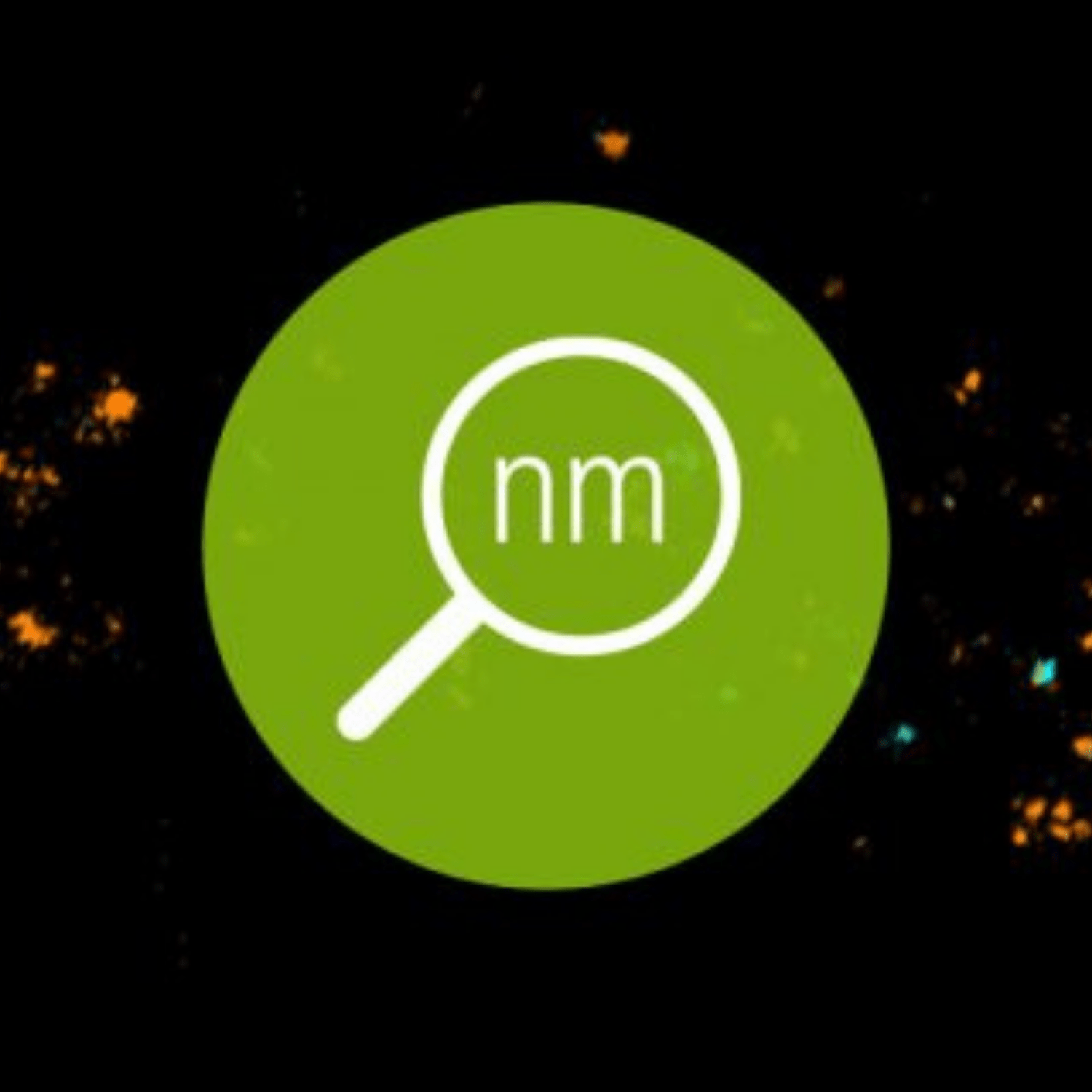

Home > Applications & Specialities > Microscopy > Scientific Imaging > Abberior FLUX
Abberior FLUX
Our abberior FLUX dyes are specifically designed to provide unparalleled performance in MINFLUX imaging. Combining outstanding photostability with exceptional brightness, these dyes enable clear and accurate visualization while minimizing background noise. Their photoswitching kinetics are finely tuned for optimal results in single-molecule localization microscopy, ensuring precise and reliable data.
Optimized for both single-molecule localization and confocal microscopy, abberior FLUX dyes deliver high-quality, background-free labeling in a variety of biological contexts, including cells and tissues. The dyes’ superior solubility in aqueous buffers ensures efficient and stable conjugation, allowing researchers to maximize the potential of their samples with exceptional clarity and detail.
abberior LIVE 460L : abberior LIVE 460L is a high-performance, long Stokes-shift dye, ideal for live-cell STED and confocal microscopy. Designed to deliver vibrant results, it offers:
- Extensive Stokes Shift: Approximately 162 nm, enabling clear distinction in imaging.
- Versatile Excitation and Emission Range: The dye is best excited within 440 - 490 nm and emits effectively between 560 - 680 nm.
- STED Compatibility: Optimally paired with STED lasers in the 750 - 800 nm range.
With its advanced features, abberior LIVE 460L is an excellent choice for multicolour live-cell STED imaging, particularly as a third colour alongside abberior LIVE 550 and LIVE 610, ensuring sharp, multi-dimensional imaging.
abberior LIVE 510 : The abberior LIVE 510 dye is specially designed for live-cell STED and confocal microscopy, offering powerful, fluorogenic properties that make it highly effective for cellular imaging. Its unique molecular structure enables smooth passage through cell membranes, allowing for precise and efficient labelling of live cells.
-
- Optimal Excitation: Excitable between 485 - 500 nm, ensuring high-quality imaging results.
- STED Compatibility: Recommended depletion wavelength between 590 - 610 nm for superior STED imaging.
- Versatile Labeling: Conjugates allow targeted live-cell labelling of proteins and other key biological structures, such as actin or tubulin within the cytoskeleton.
This dye is ideal for researchers aiming for high-resolution, live-cell visualization with minimal photobleaching and optimal cell permeability.
abberior LIVE 550 : It is a next-generation fluorescent dye specifically designed for live-cell imaging, available exclusively from abberior. This dye provides a highly photostable and vibrant orange fluorescence, effectively excitable with a 561 nm laser. For STED imaging, it’s recommended to use a depletion wavelength between 650 and 775 nm. Its unique isomeric structure stabilizes the preferred conformation, enhancing cell permeability. This allows abberior LIVE 550 to be used at low nanomolar concentrations, which minimizes background interference and cytotoxicity, enabling extended STED and confocal imaging in live cells and tissues. For optimal two-colour live-cell STED and confocal imaging, abberior LIVE 550 pairs perfectly with abberior LIVE 610.
abberior LIVE SPY555 : Our HaloX® probes provide a reliable way to specifically label HaloTag® fusion proteins, either within living cells or on cell surfaces. Thanks to their high affinity, these probes bind effectively to HaloTag® proteins while allowing for regular exchange. This dynamic interaction is enabled by the absence of a covalent bond, permitting a continuous refresh of the probes.
In applications like confocal and STED microscopy, this transient binding maintains protein visibility over extended periods without the need to worry about bleaching effects.
This red-emitting, photostable probe is exceptionally bright and can be efficiently excited with a 561 nm laser. For STED imaging, a depletion wavelength between 750 - 800 nm is optimal.
This product is covered by one or more licenses from Spirochrome AG and, is intended for Research Use Only (RUO).
abberior LIVE 560 : The abberior LIVE 560 dye is specially formulated for live-cell imaging in STED and confocal microscopy applications. Engineered with a highly fluorogenic molecular structure, this dye efficiently penetrates cell membranes, making it ideal for studying living cells. It features an absorption peak at 561 nm and is optimized for excitation using a 561 nm laser. For STED imaging, it works best with a depletion wavelength range of 650–775 nm.
The abberior LIVE 560 dye is available as conjugates for imaging DNA molecules or the tubulin cytoskeleton in live cells, offering high specificity and clarity. Paired with abberior LIVE 610, it enables outstanding two-colour live-cell imaging, providing precise, reliable results for complex cellular studies.
abberior LIVE ORANGE : It is a specialized fluorescent probe designed to selectively stain the cristae within mitochondria, providing clear and detailed visualization of these fine structures. When used with STED microscopy, it reveals intricate mitochondrial components, enabling detailed examination with this high-performance organic fluorophore. The unique chemical composition of the mito-probe allows for prolonged light exposure without causing toxic effects, making it ideal for tracking mitochondrial movement and observing substructure dynamics under the microscope.
This versatile probe can be seamlessly combined with other fluorescent probes in our abberior LIVE series. Emitting a bright orange fluorescence, it is optimally excited with a 561 nm laser. For STED microscopy, a depletion wavelength between 750 and 800 nm is recommended. Each product includes one vial of abberior LIVE ORANGE mito in lyophilized powder form. To prepare, dissolve to create a 1 mM stock solution in DMF or DMSO. For use, a working concentration of 100 to 500 nM is suggested, depending on the specific cell type or tissue.
abberior LIVE 590 : It is a member of a new class of fluorescent dyes for live-cell imaging exclusively offered by abberior. This dye is highly photostable and bright orange fluorescent dye, which can be effectively excited with excitation light between 550 - 610 nm. For STED, a depletion wavelength between 750 - 800 nm is recommended. Due to the unique isomeric structure, the favorited conformation is stabilized, leading to an enhanced cell permeability of the dye. abberior LIVE 590 can therefore be used in very low nanomolar concentration, reducing background and cytotoxicity effectively, allowing long-term STED and confocal imaging of living cells or tissue.
abberior LIVE 610 : It is a specialized fluorescent probe designed to selectively stain the cristae within mitochondria, providing clear and detailed visualization of these fine structures. When used with STED microscopy, it reveals intricate mitochondrial components, enabling detailed examination with this high-performance organic fluorophore. The unique chemical composition of the mito-probe allows for prolonged light exposure without causing toxic effects, making it ideal for tracking mitochondrial movement and observing substructure dynamics under the microscope.
This versatile probe can be seamlessly combined with other fluorescent probes in our abberior LIVE series. Emitting a bright orange fluorescence, it is optimally excited with a 561 nm laser. For STED microscopy, a depletion wavelength between 750 and 800 nm is recommended. Each product includes one vial of abberior LIVE ORANGE mito in lyophilized powder form. To prepare, dissolve to create a 1 mM stock solution in DMF or DMSO. For use, a working concentration of 100 to 500 nM is suggested, depending on the specific cell type or tissue.
abberior LIVE RED : An advanced fluorescent dye exclusively from abberior, belongs to a new class of dyes designed specifically for live-cell imaging. Its key features include:
Exceptional Brightness and Stability: abberior LIVE RED emits a bright red fluorescence and is highly photostable, ideal for long-term imaging.
Optimal Excitation and Depletion: It is efficiently excited with light between 630 - 650 nm, and for STED (stimulated emission depletion), a depletion wavelength of 750 - 800 nm is recommended.
Superior Cell Permeability: Engineered with a unique isomeric structure, this dye exhibits exceptional cell permeability, allowing for use in very low nanomolar concentrations. This minimizes background interference and cytotoxicity.
Ideal for Long-Term Imaging: abberior LIVE RED is optimized for extended STED and confocal imaging, suitable for live cells and tissue.
Versatile Multi-Color Imaging: Perfectly pairs with abberior LIVE 590, abberior LIVE ORANGE, and abberior LIVE 460L, making it easy to achieve outstanding two or three-colour imaging results.
abberior LIVE SiR : Our HaloX® probes offer a user-friendly solution for selectively labelling HaloTag® fusion proteins, whether on living cells or cell surfaces. With their high affinity, these probes interact effectively with HaloTag® proteins while allowing regular exchange. This feature is due to the absence of a covalent bond, enabling the continuous refreshment of probes for consistent labelling.
In confocal and STED microscopy, this transient binding extends the duration of protein detection within living cells by reducing the impact of photobleaching, ensuring reliable, long-term observation. It is a highly photostable probe with a bright red emission, ideally suited for excitation with lasers in the 630 - 650 nm range. For STED applications, we recommend a depletion wavelength of approximately 750 - 800 nm for optimal results.
This product is covered by one or more licenses from Spirochrome AG and, is intended for Research Use Only (RUO).
-
Add to WishlistAdd to Wishlist
Features and Benefits
- Superior signal and exceptional photostability, perfect for unmatched MINFLUX imaging
- Ideal for single-molecule localization and confocal microscopy
- Enhanced photoswitching kinetics, optimized for MINFLUX, STORM, and GSD techniques
About
Abberior Instruments GmbH Products in India
Abberior Instruments GmbH, a spin-off from the Max Planck Institute of Biophysical Chemistry, Göttingen and the German Cancer Research Institute, Heidelberg, was founded by Dr. Gerald Donnert, Dr. Alexander Egner, Dr. Benjamin Harke, Prof. Dr. Dr. h.c. Stefan W. Hell (who was awarded the Nobel Prize in 2014), Dr. Lars Kastrup, Dr. Matthias Reuss and Dr. Andreas Schönle in 2012.
The company is based in the Laser Laboratorium Göttingen GmbH technology park which is located in the north campus of the University of Göttingen, Germany. DSS is proud to be the distributor for Abberior in India.
More Products
BX51WI
The Olympus BX51WI is a high-performance upright microscope meticulously designed for advanced in vivo and…
CX33
Designed to streamline everyday laboratory routines, the Olympus CX33 delivers clear, bright images with minimal…
CX23
Designed for operational ease, the CX23 microscope’s unique features accommodates the student and every requirement…
CX43
The CX43 microscope enable users to remain comfortable during long periods of routine microscopy observations.…
Testimonials & Reviews



Dr. Chhaya Chande, Professor & HOD, Microbiology
GGMCJJ Hospitals, Mumbai
“Ms. Megha Dhumal (Assistant Manager- Application) has done a satisfactory demonstration of the running of the Abbott Sample preparation machine model m2000sp and the Abbott RT-PCR machine model m2000rt. We appreciate the effort made by the DSS team under these difficult conditions to help our lab to carry out the imperative Covid-19 tests.”

Dr Sunil K Arora, Professor, Deptt of Immunopathology
PGIMER, Chandigarh
“We are using Confocal Microscope and one Fluorescence Microscope. Both are working fine. The after sales services by DSS have been excellent for functioning & upkeep of the microscopes. The applications support by experts from DSS is very useful. Keep it up!”

Dr Pramod Kumar Bajaj
MD, Spermprocessor Pvt Ltd
“Really excited to see the DSS Pathology solutions exhibition booth at APCON 2019 along with Magnus. We think all the upcoming technology had been displayed along with your efforts to make it Indigenous (Made in India) is highly appreciated. Wish you all the best. Keep it up!”

Dr. Sreejesh S, Associate Professor, Dept of Hematology
PGIMER, Chandigarh
“My experience with DSS so far has been very good till now. We are getting good support in both purchase as well as in troubleshooting. Very good experience with Mr Arun, Mr Manoj, Mr Mahesh and all others from the DSS team.”
Dr Sudha S Murthy, Department of Pathology and Laboratory Medicine
BIACH & RI, Hyderabad
“I am happy with DSS and associated with 19 years and use Dako antibody. Happy with Supply but need improvement.”

Dr S Radhika MD, PhD
Professor, Deptt. Of Cytology & Gynaec Pathology, PGIMER, Chandigarh
“PGI Cytology Dept. has had a long association with DSS- Olympus Microscopy Division. They have provided excellent services- after sales service. The product is also of very good quality. We have had no problems with their products and services are of very good quality.”

Dr Nuzhat Husain
RMLIMS, Lucknow
“Have been using Dako Reagants and Dako antibodies for a while. Services and products have been good and timely.”

Dr Minu Singh
Assistant Professor, PGIMER, Chandigarh
“MRC Holland MLPA products provided by DSS are of good quality, have never faced any quality issues with their product or shipping condition. They provide prompt response upon any query.”
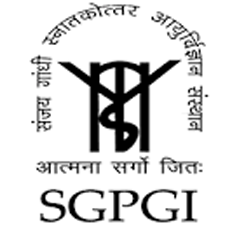
Mr. Krishnani Professor, SGPGI, Lucknow
“My experience with DSS so far has been excellent for the last 30 years- sales and service experience. Microscope products are very useful and sturdy with high precision.”




